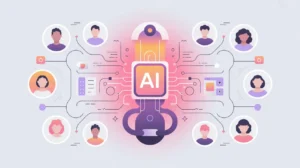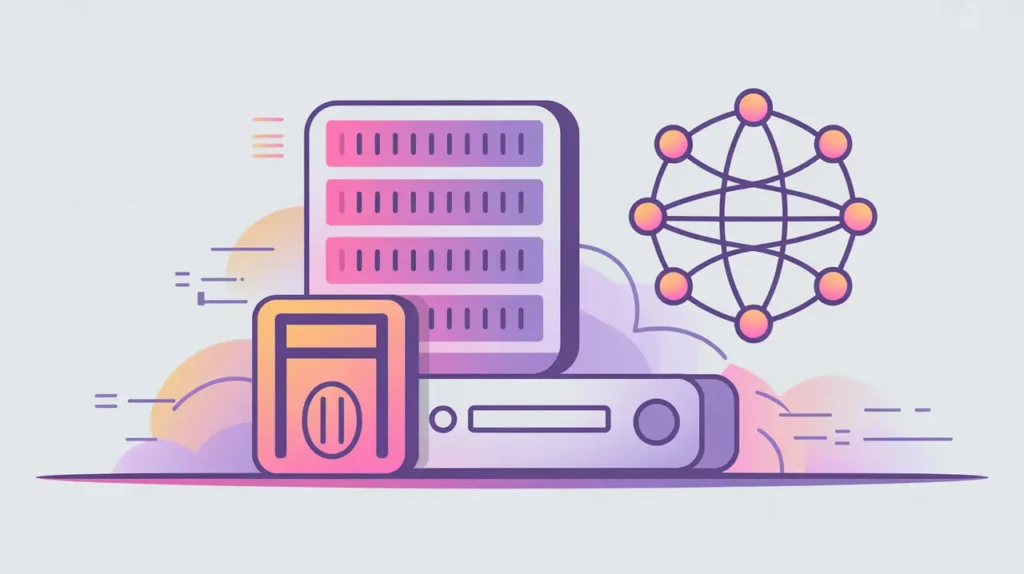Importance of Identity and Access Management (IAM)
Identity and Access Management (IAM) is the framework of policies, processes, and technologies that ensures the right people and systems have the right access to digital resources. It defines who can authenticate into a system and what actions they are authorized to perform. Its importance today lies in the growth of cloud platforms, distributed teams, and AI applications that depend on secure, role-based access to sensitive data and services.
For social innovation and international development, IAM matters. Mission-driven organizations often manage sensitive information, including health records, education data, or financial transactions, across multiple partners and geographies. Strong IAM practices protect communities, reduce misuse, and make it possible to collaborate securely across borders and institutions.
Definition and Key Features
IAM encompasses user authentication, authorization, and lifecycle management. Authentication verifies identity through mechanisms like passwords, biometrics, or multi-factor authentication. Authorization determines permissions, often through role-based or attribute-based access control. IAM systems also manage provisioning and deprovisioning of accounts, ensuring users have appropriate access only for as long as necessary.
IAM is not the same as encryption, which secures data itself, nor is it equivalent to network firewalls, which block unauthorized traffic. Instead, IAM governs human and machine identities, defining what they can do once they are inside the system. IAM platforms often integrate with standards and protocols such as OAuth, SAML, and OIDC, which establish secure communication between systems.
How this Works in Practice
In practice, IAM platforms provide centralized dashboards where administrators manage user accounts, roles, and access policies. Federation allows users to log in with credentials from trusted providers, while Single Sign-On (SSO) reduces friction across multiple applications. Auditing and reporting functions track usage, supporting compliance with regulations and ethical standards.
Challenges include balancing usability with security, particularly in low-resource contexts where multi-factor authentication may be difficult to deploy. Poor IAM practices can lead to “privilege creep,” where users accumulate excessive permissions over time, or to security gaps when departing staff retain access. Well-designed IAM ensures accountability, least-privilege access, and resilience against insider and outsider threats.
Implications for Social Innovators
IAM directly supports mission-driven work. Health organizations rely on IAM to ensure that only authorized staff access patient records. Education platforms use IAM to manage student, teacher, and administrator accounts across schools. Humanitarian agencies apply IAM to govern access to crisis-response platforms, protecting sensitive data while enabling partner collaboration. Civil society groups benefit from IAM by granting secure, time-limited access to external researchers or funders.
By managing identities and permissions effectively, IAM enables organizations to protect data, foster trust, and collaborate securely in pursuit of their mission.







